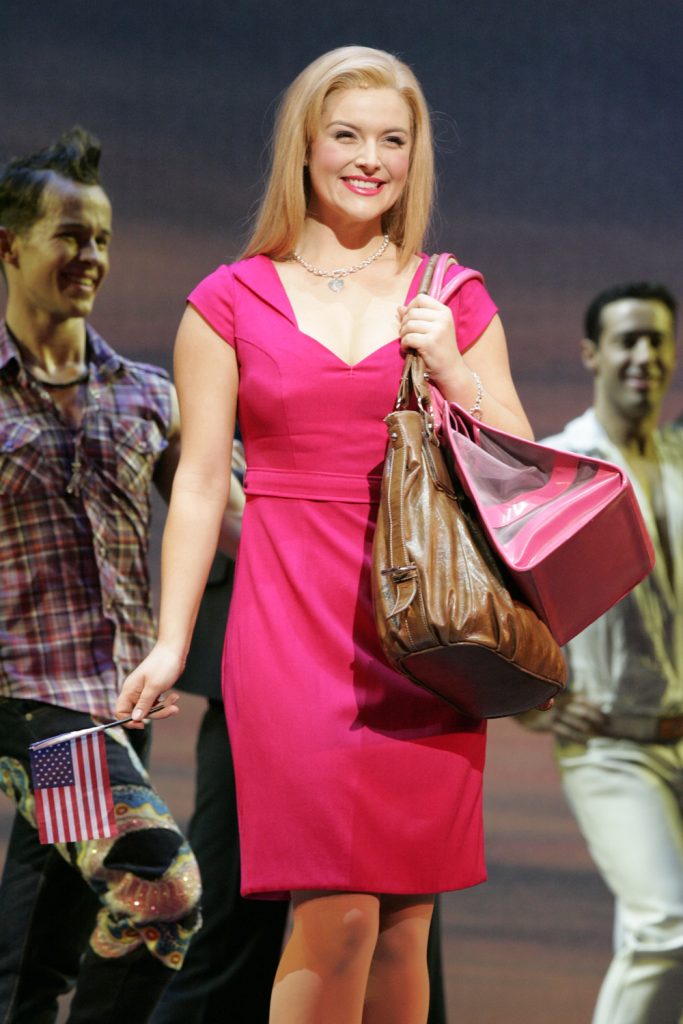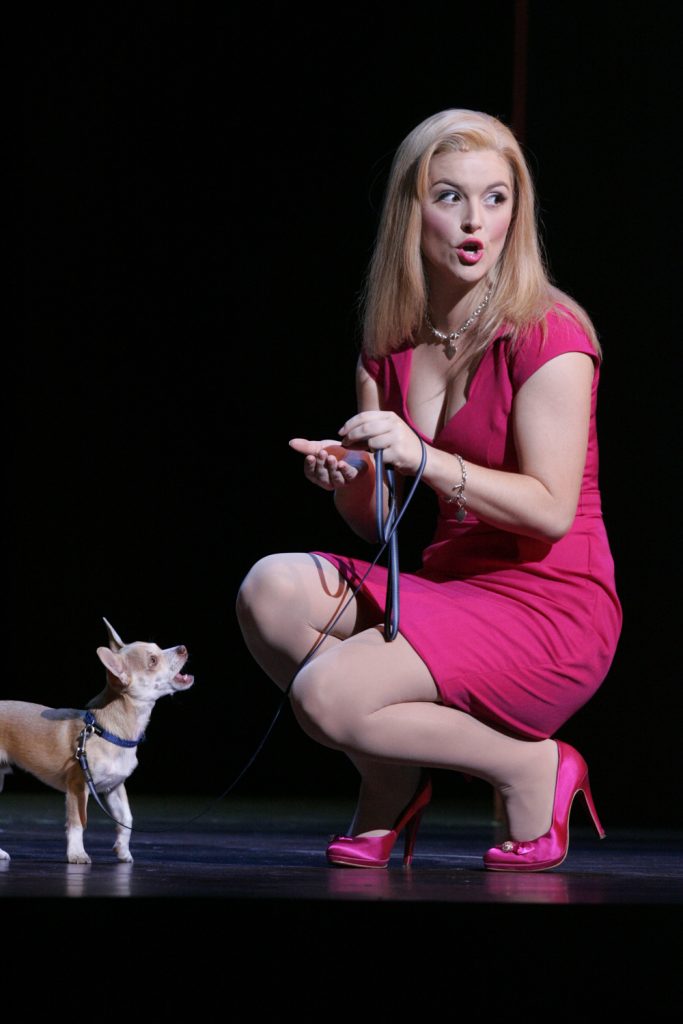
by Madeline Brodbeck, who is a junior majoring in Religious Studies and Political Science.
While participating in an icebreaker last semester, we were asked to share our major with a small group of classmates. When it came to be my turn, I informed the group that I was double majoring in political science and religious studies. My classmates were very interested to learn more about my religious studies major. One classmate responded, “You don’t look like a religious studies major.” She seemed genuinely confused. I did not fit her idea of what one might look like.
Was I expected to always wear a cross? Or perhaps a clerical collar? At the time I just sort of chuckled, but it still seems to puzzle me to this day. What does a religious studies major look like? Furthermore, what does a scholar of religion look like?
I decided to answer my question by observing my classmates this week. I am taking three classes this semester in the department, so I thought that might provide me with enough insight. After attending all my classes, I found no pattern in looks across religious studies students. Like other majors, each person has a unique way of expressing themselves through appearance.
Perhaps the ideas about “the religious studies look” come from a lack of exposure to the career path? Before taking a religious studies class last year, I had no idea that there an REL major at universities. When colleges or career fairs would come to my high school, never once did I meet a religious studies scholar.
As students, I feel as though we create stereotypes about the images of different majors. Admittedly, it is very easy to do, as I have found myself participating on several occasions. What I cannot determine is why we make these assumptions. The comment of my classmate did not bother me in the least, but it did spark my curiosity. Obviously, professionalism is of the upmost importance, especially when giving a presentation or lecture. But on a day-to-day basis, it appears that most students dress very casually. Can one be taken less seriously when they do not fit the mold of a major?
An example that comes to my mind is the Elle Woods, the protagonist in the film Legally Blonde (if you haven’t seen it by now, you’re living under a rock). The pink-wearing sparkle-loving Elle was not taken seriously by her peers, as she failed to fulfill their notions of what a law student should look like. In the end, they learned that there was much more to her than her looks and they realized she had the ability to contribute valuable ideas.

In REL 490 with Professor Simmons, we have been learning how socialization affects our identities. Socialization is a process composed of a series of interactions and experiences that shape the identities of individuals within their social groups. Socialization informs how people behave and think. Anything from familial interactions to stories of friends and even exposure to different media programs contribute to the socialization process. Since all REL scholars are not exposed to the same socialization process, it would only make sense that they present their individual identities uniquely. Furthermore, since the (ongoing) socialization process continues through college, students’ identities are constantly evolving.
Looking back at the example of Elle’s character, we see her identity undergo a revolutionizing change when she enters law school. Through a series of interactions with her classmates and professors, she evolves into an exceptional lawyer. While the plot has the educational socialization process push Elle into a successful law career, there is virtually no impact on her wardrobe choices. Similarly, it seems that while REL majors influence the socialization of each other, this process seems to have little impact on their shoe or hair choices. Perhaps there is no standard image for a lawyer, and there is not one for an REL major either? I suggest we should consider what religious studies majors do, as a group, to get a general sense of that identity (see the major description or talk to the REL advisors Profs. Newton and Szanto!)
Looking ahead, I think we may look past our predetermined images of the different majors. One of my favorite aspects of REL is the diversity of backgrounds that I am able to learn about. Everyone here has a unique story to share. Oftentimes they did not start out as a religious studies major. I would encourage you to spend a little more time learning about your peers and to take advantage of this unique opportunity!